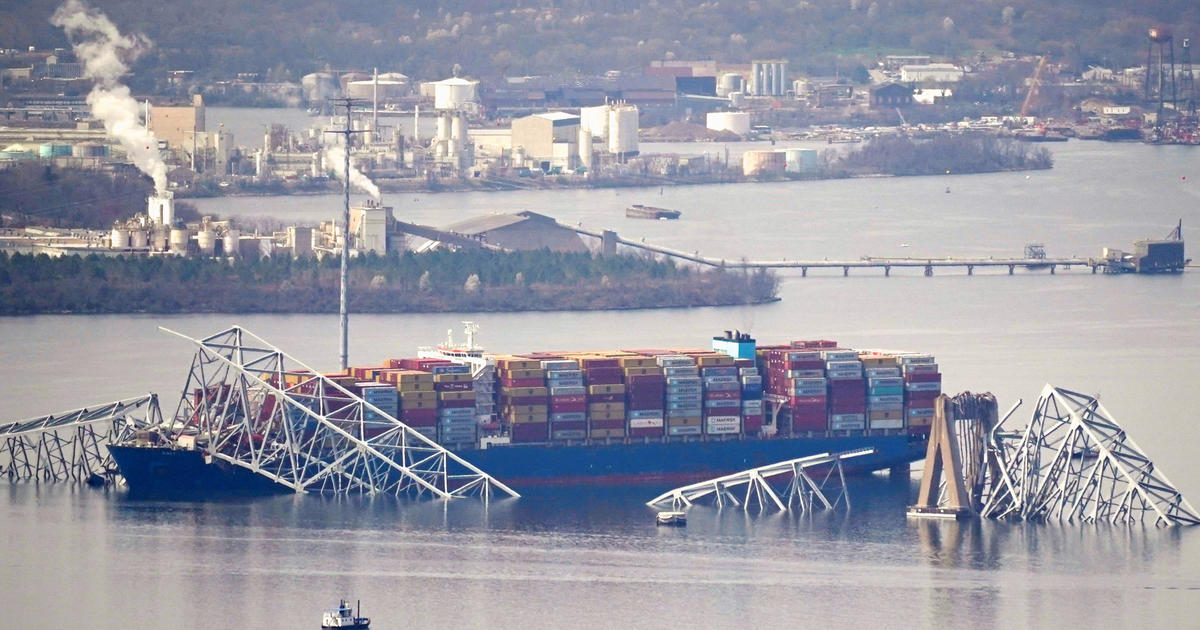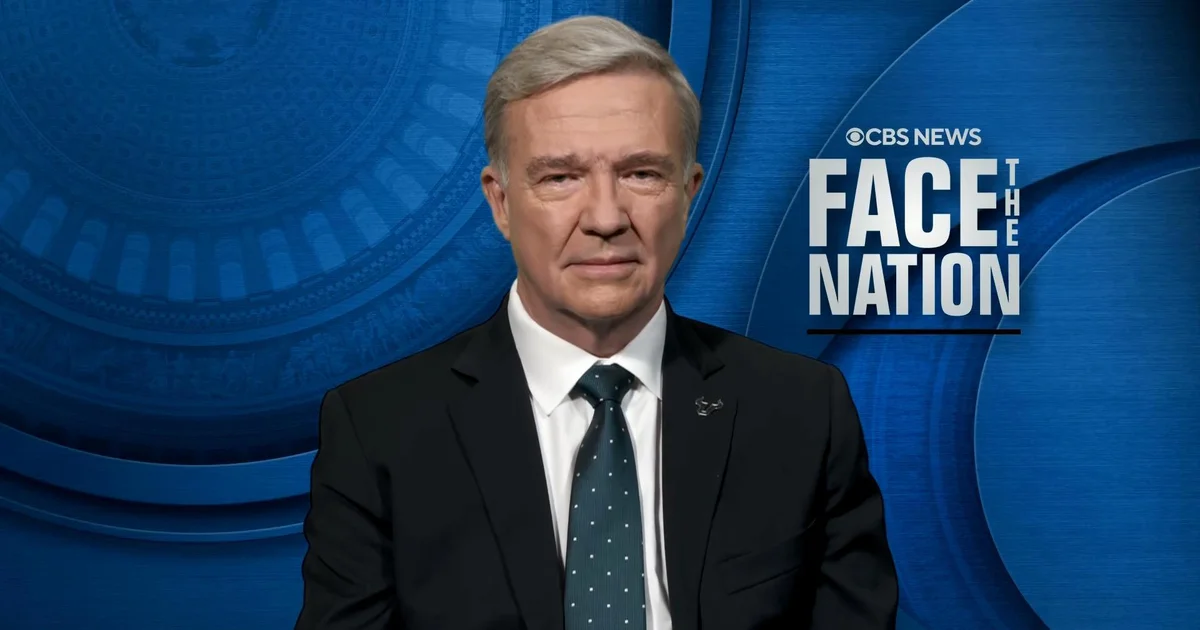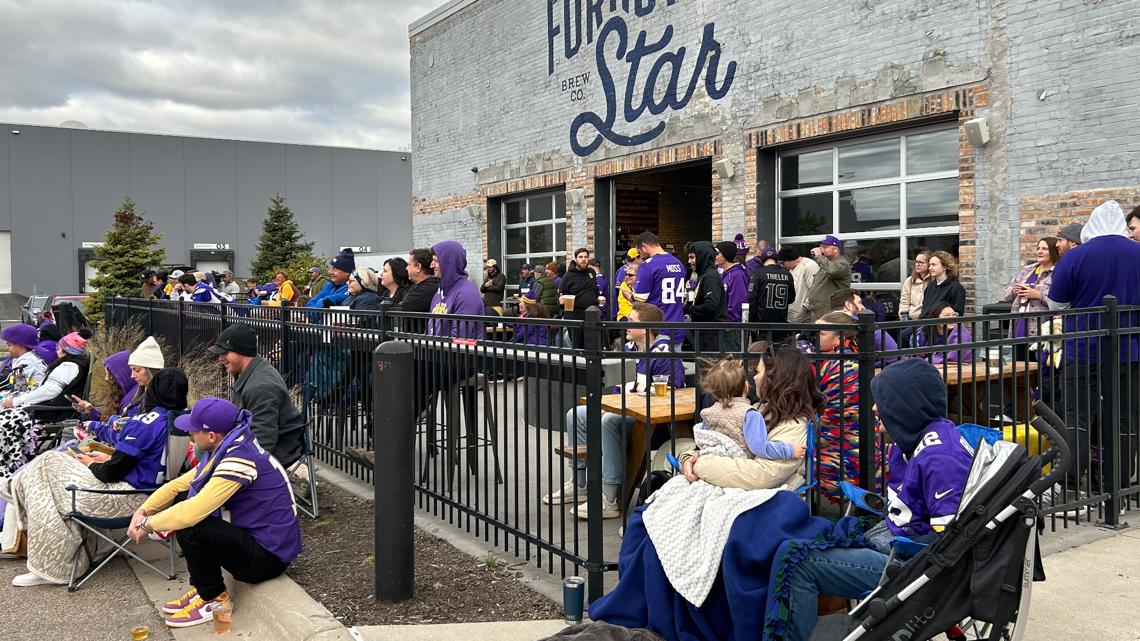CBS News
There are ways to protect bridges from ships hitting them. An expert explains how.

Sherif El-Tawil is a professor of civil and environmental engineering at the University of Michigan.
The MV Dali, a 984-foot, 100,000-ton cargo ship, rammed into the Francis Scott Key Bridge when leaving Baltimore harbor on March 26, 2024, causing a portion of the bridge to collapse.
In an interview, University of Michigan civil engineer Sherif El-Tawil explained how often ships collide with bridges, what can be done to protect bridges from collisions and how a similar disaster in Florida in 1980 – just three years after the Key Bridge opened – changed the way bridges are built.
This is not the first time a ship has taken out a bridge. What’s the history of ship-bridge collisions?
This is an extremely rare event. To my knowledge, there are about 40 or so recorded events in the past 65 years that involved similar type of damage to a bridge caused by a ship. So they seem to occur on average about once every one and a half to two years around the world. When you consider that there are millions of bridges around the world – and most of them cross waterways – you can imagine how rare this is.
The most influential case was the 1980 Sunshine Skyway Bridge collision in Florida, which prompted the federal government to take action in terms of developing guidelines for designing bridges for ship collision. By the early 1990s the provisions were developed and incorporated into the bridge design code, the AASHTO specifications. The American Association of State Highway and Transportation Officials produces the design code every bridge in the United States must conform to.
What was different about the Sunshine Skyway Bridge disaster from previous bridge collisions?
There were casualties. The fact that a crash could bring down a bridge, just like in the Baltimore situation, prompted the concern: Can we do something about it? And that something was those specifications that came out and eventually became incorporated in the national design document.
What those specifications say is that you either design the bridge for the impact force that a ship can deliver or you must protect the bridge against that impact force. So you must have a protective system. That’s why I was surprised that this bridge did not have a protective system, some type of barrier, around it. I have not examined the structural plans of this bridge. All I could see is the pictures that were published online, but protective systems would be very visible and recognizable if they were there.
What is currently mandated for new bridge construction, and is it sufficient to handle today’s massive cargo ships?
I estimate, based on the published speed and weight of the MV Dali, that the impact force was in the range of 30 million pounds. This is a massive force, and you need a massive structure to withstand that kind of force. But it is doable if you have a huge pier. That might dictate the design of the bridge and what it could look like. Most likely it could not be a truss bridge. It may be a cable stay bridge that has a very large tower that is capable of taking that load.
If you cannot design for that load, then you have to consider other alternatives. And that’s what the specifications say. They’re very clear about this. And those alternatives could be to build an island around the pier or a rock wall, or put dolphins – standalone structures set in the riverbed – adjacent to it, or put on fenders that absorb the energy so the ship doesn’t come in so fast. All of these are ways you can mitigate the impact.
Engineers design structures – and bridges are no exception – for a certain probability of failure, because if we didn’t, the cost would be prohibitive. Theoretically, you could build a structure that would never fail, but you’d have to put infinite money into it. For a critical bridge of this type, we would consider an acceptable chance for failure to be 1 in 10,000 years.
Based on published information, I tried to compute what the probability of this event would be, and it turns out to be 1 in 100,000 years or so. The ship made a beeline directly to the pier that was vulnerable. It was just shocking to see such a rare event unfold.
The authority of the bridge must have considered protecting it, and the low probability of this occurring must have played a role in whether they would invest or not in protective measures. Because any type of construction in water or on water is very expensive.
Is it feasible to protect older bridges?
I think so. For some of them it might be lower tech like the island idea. And it could use maybe rocks or concrete components that would prevent the ship from reaching the pier at all.
It was a massive ship with a flared bow. The lower part of the ship, which extends beyond the bow, I believe struck the foundation system, but the bow reached the pier. The pier was like an A shape, so the bow snapped one side of the A. The other side could not support the weight of the bridge and so the whole thing collapsed. If somebody kicks your feet from underneath you, you’re just going to fall. That’s exactly what happened.
How many bridges are vulnerable to ship collisions?
I don’t know the number, but I know that bridges that are in this category, that are long span, major bridges like this, are probably less than 0.1% of the bridges in the U.S. And some of them do not necessarily cross waterways, so that’s a subset that is an even lower percentage. So it’s a rare event occurring to a rare kind of bridge.
Are cargo ships getting larger, and is that a consideration for protecting bridges?
I expect so because there is an economy of scale. Bigger ships would be cheaper for transporting goods. But I cannot envision that the designer of this bridge 50 years ago or so would have thought that a ship this size could impact the bridge. I’m sure they would have taken steps to address that. It just didn’t cross their mind.
If this bridge had been designed to the current specifications, I believe it would have survived. There are two reasons a ship would deliver this kind of force: It’s moving too fast or it’s too heavy. And those two factors are taken into consideration in the impact force for which we design. So if we are taking those explicitly into consideration, then a bigger ship, yes, it’s a bigger force, and we would design for that.
But let’s go forward another 50 years and imagine you have a much larger ship that comes into being. At that time, bridges will have been designed for smaller ships, and you have the same problem all over again. It’s hard to predict how big these things will go. You can design for current ships, but as they evolve, it’s hard to predict many years into the future.
Are there other takeaways from this disaster?
The loss of this bridge, beyond the tragic loss of life, is going to be felt for many months if not years. It’s not a straightforward process to replace a bridge of this magnitude, of this span distance. It’s something that will require a lot of planning and a lot of resources to come back again to where we were before.
This article is republished from The Conversation under a Creative Commons license.
CBS News
UNICEF executive director Catherine Russell says Gaza is a “hellscape for children”

Watch CBS News
Be the first to know
Get browser notifications for breaking news, live events, and exclusive reporting.
CBS News
Sen. Mark Kelly says feds need to do a “better job” of letting Americans know “there’s a huge amount of misinformation” on election

Washington — Sen. Mark Kelly said Sunday that the federal government needs to do its part to inform Americans of the vast swath of election misinformation that’s being consumed on social media platforms like X, TikTok, Facebook and Instagram.
“It’s up to us, the people who serve in Congress and in the White House to get the information out there, that there is a tremendous amount of misinformation in this election, and it’s not going to stop on Nov. 5,” Kelly said on “Face the Nation with Margaret Brennan.”
Kelly, who sits on the Senate Intelligence Committee, said he’s seen these misinformation operations target not only his state of Arizona, but also other battleground states.
“There is a very reasonable chance I would put it in the 20 to 30% range, that the content you are seeing, the comments you are seeing, are coming from one of those three countries: Russia, Iran, China,” Kelly said.
CBS News
In a committee hearing last month on foreign threats to the 2024 election, Kelly presented screenshots of Russian-made web pages showing fabricated headlines designed to look like Fox News and The Washington Post, targeted at voters in battleground states.
“So my constituents in Arizona and others — they seek to influence the outcome of these elections, and that is absolutely beyond the pale,” Kelly said at the Sept. 18 hearing. “We’ve got to do something about it.”
Vice President Kamala Harris and former President Donald Trump each have the support of 49% of Arizona voters, according to CBS News’ battleground tracker as of Sept. 30.
In another battleground state, Pennsylvania, Trump returned Saturday to hold a rally in Butler three months after an attempted assassination on him. He was joined by members of his own party and billionaire Elon Musk, who said Trump was the only way to preserve democracy and warned of a last election if he does not win in November.
Speaking to CNN’s State of the Union on Sunday, Kelly called the social media mogul a hypocrite.
“He’s standing next to the guy that tried to overturn the 2020 election on Jan. 6, saying that this is somehow going to be the last election and they’re going to take away your vote,” Kelly said. “And you know, it just doesn’t pass the logic test.”
At the White House press briefing on Friday, President Biden – speaking from the podium for the first time since taking office – said he’s confident of a free and fair election but alluded to the 2021 insurrection at the Capitol in his concerns on whether it will be a peaceful transfer of power.
“The things that Trump has said and the things that he said last time out when he didn’t like the outcome of the election were very dangerous,” Mr. Biden said. “If you notice, I noticed that the vice-presidential Republican candidate did not say he’d accept the outcome of the election, and they haven’t even accepted the outcome of the last election.”
CBS News
Ret. Gen. Frank McKenzie says Iran is the country that’s in a corner

Watch CBS News
Be the first to know
Get browser notifications for breaking news, live events, and exclusive reporting.









